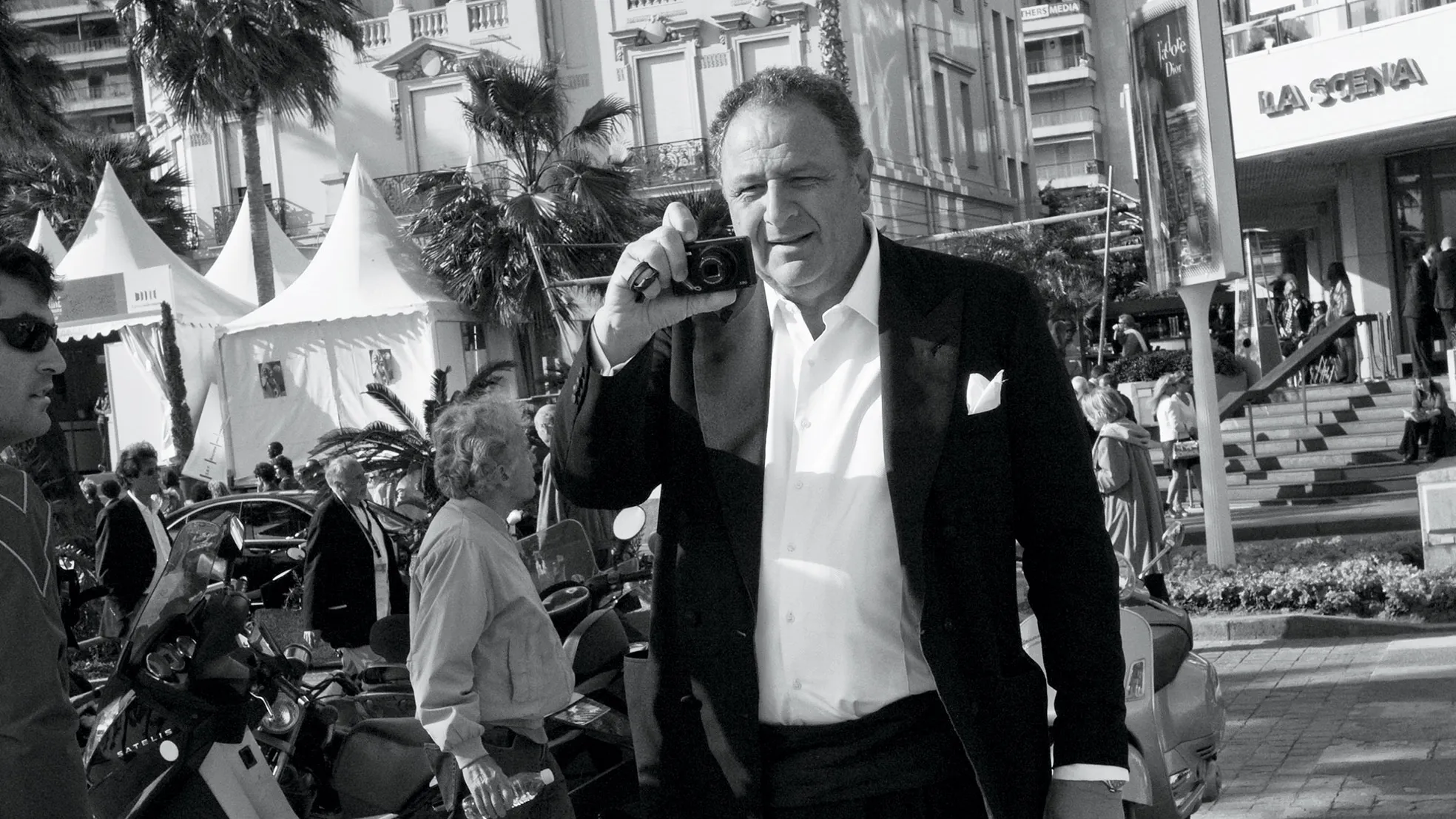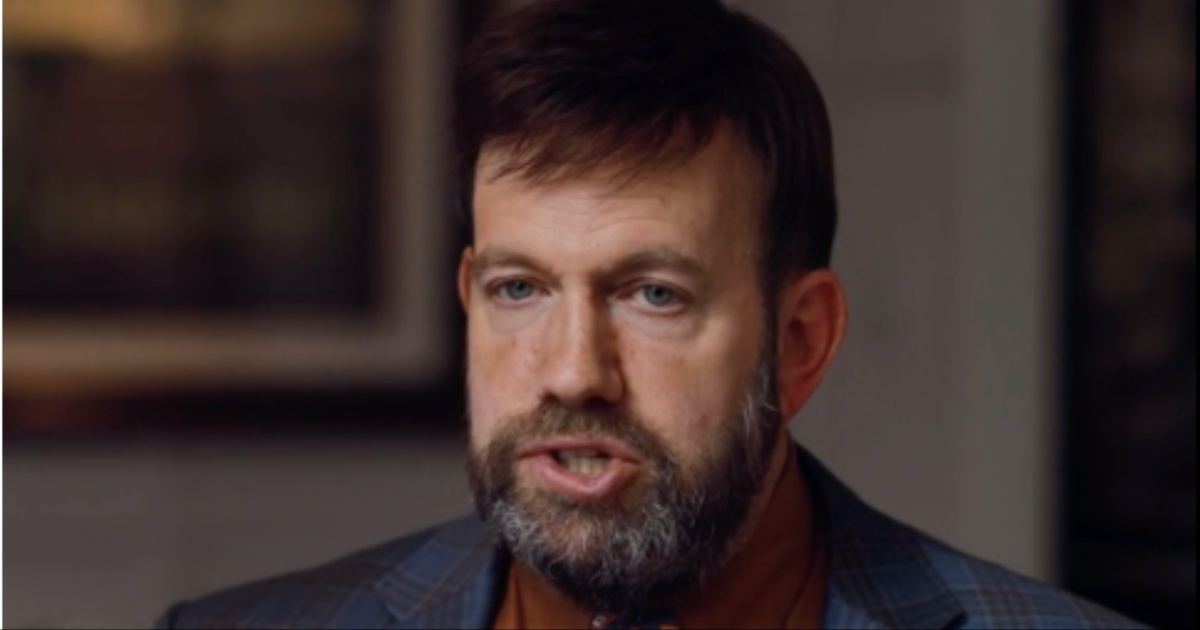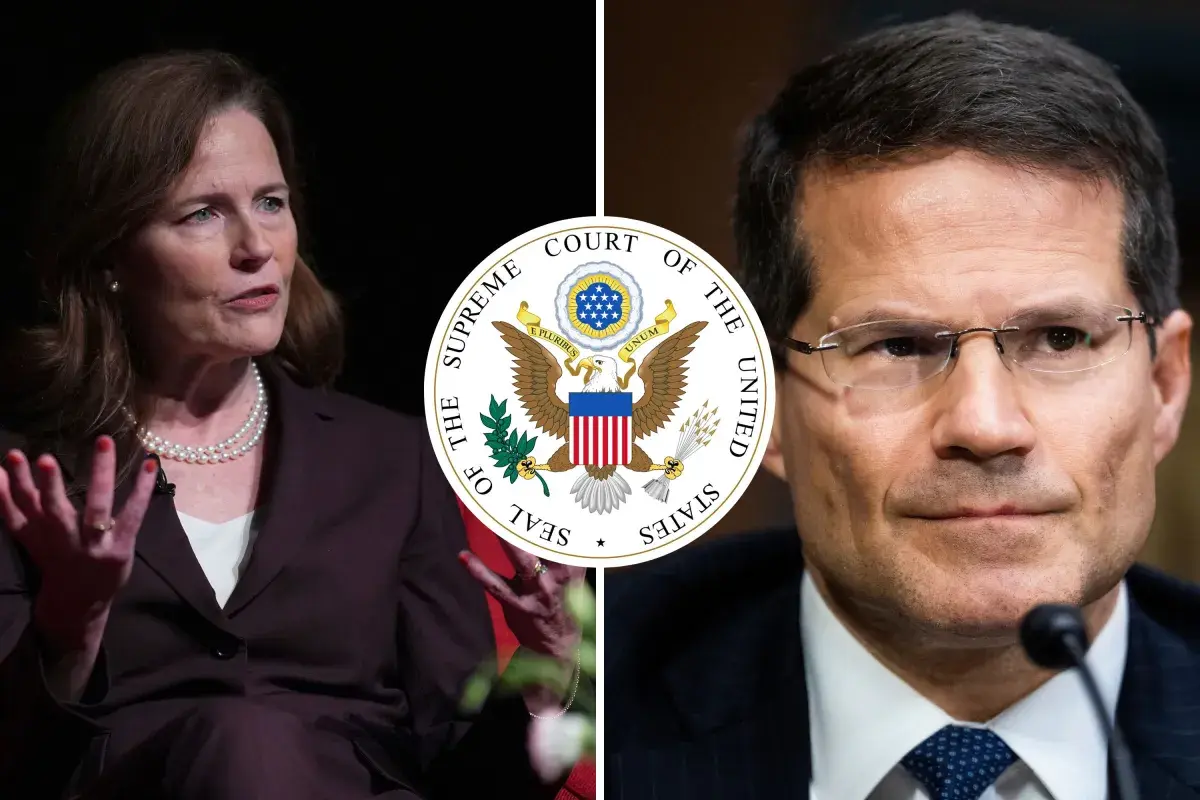Copyright vanityfair

At least, not for a few more months. “I have a thing,” he explains. “One year I complain about everything, and one year I complain about nothing. So this is a non-complaining year. But I make a list of all the things that I haven’t complained about, and come January 1, 2026, my list will be very long, and I’ll be complaining for three or four days in a row. All these things that I suffered through and that I didn’t complain about.” He tracks his various grievances—cold burger, hard pillow, regretted impulse buy, uncomfortable dentist appointment, whatever—in a list on his phone, he says, just waiting to unleash them. He warns me that he’ll kvetch to “anybody who’s in the same room or same airplane or same bus or same anything with me, they’re all going to hear about it. I don’t care. I just vomit them out.” “But this year, everything is perfect,” he says. “You know, a brick falls on my head? ‘Oh, it was just a small brick, you know, could have been much bigger.’ And then give it a few months.” The practice may or may not be true. But then, a lot of things in the French-born Italian Pigozzi’s life sound implausible, from the yachts (he tells a story about Woody Allen being “not so happy” on a Saint Tropez jaunt a few years back when they encountered rough water) and houses around the world, the hundreds of women he says he’s dated, nights dressing up in drag with Mick Jagger and hitting the town, parties on parties on parties (he has been a Vanity Fair Oscar Party mainstay through the decades), extravagant art purchases, bit parts in movies like Tower Heist and Wall Street 2, forward-looking investments in tech companies—Pigozzi somehow knows everyone, but nobody really knows him deeply, it seems. In a 2010 profile in this magazine, even, none other than Elton John described Pigozzi as “one of the world’s greatest characters.” “I don’t really know what he does, though, apart from always taking those pictures,” Elton John said. It’s the question on everyone’s mind, if the documentary is anything to go by. In the film, Pigozzi touches on his Parisian childhood full of nannies and absent of consistent parental presence and attention, a lifelong struggle with dyslexia that led him to the visual arts, and decades of rubbing shoulders with his rich and fabulous peers, forever caught in the dazzle of fame, whether his own or reflected off those with whom he surrounds himself. “Those pictures” Elton John described have long been Pigozzi’s hallmark and calling, not so much a career as a way of being. Rather than going into business like his father, the deceased CEO of Fiat spin-off Simca, he chose another path. Pigozzi certainly fills his days—making art, traveling, eating, socializing—but even after watching the documentary, in which he’s interviewed by a legion of celebrity friends, as well as AI-powered visions of his own sculptures, his younger self, his father, and even Orson Welles (whom Pigozzi sheepishly informs that he would pick Stanley Kubrick to direct a movie of his life) his motivations remain opaque. Pigozzi is often hailed as the father of the celebrity selfie, having snapped a photo of himself and Faye Dunaway on his Leica in 1974 while a student at Harvard University, and never really stopping. To share a black-and-white frame with Pigozzi is to belong to a large and ever-expanding club, and it’s become such a hallmark that if he’s at a party and isn’t seen taking selfies, hosts have more often than not approached him with hushed concern that something’s gone terribly wrong with their bash. “Sometimes I have the inspiration, sometimes I don’t,” he explains. “This last month in Rome, I haven’t met anybody I want to take a picture with.” “It has to be spontaneous,” says Pigozzi, who constantly carries a camera with him. “If it’s not spontaneous, I don’t know why, you can feel it in the photograph.” He’s just as likely to appear in the pages of Vanity Fair as a subject as he is a credited photographer. Once, in October 2008, the magazine even dedicated a spread to a chart showing Pigozzi as the center of the celebrity universe, “Five Degrees of Jean Pigozzi.” The legendary Oscar party has long been a favorite of his, Pigozzi says, reminiscing about attending Swifty Lazar’s celebrations, during which you’d get screamed at if you tried to get up to go to the bathroom while the ceremony played on screens during the dinner—leaving your seat was forbidden by Lazar even during commercials—and later those hosted by former editor Graydon Carter, who became the go-to host after Lazar’s death. Sometimes, he’d be seated at Carter’s table. He was paired with friend Diane von Furstenberg often, but not always. Once, a seating chart led to some awkwardness. “I was next to this lady, and she was very attractive, but I had no idea who she was,” he recalls of a past party. “She’s this Colombian comedian who was on a big show on TV. It’s got family, something family. She’s a very attractive brunette. She’s about 45, 50, very sexy lady. She’s very, very famous, and great. I forgot what her name is.” I suggest a name. He shrugs. It doesn’t seem too important to him. “It was embarrassing, because I did not really know who she was, and she was semi-upset that I didn’t know who she was because I don’t really watch the American TV. It was kind of odd because it’s like sitting next to Marilyn Monroe and not knowing who Marilyn Monroe is.” It wasn’t just the party’s guest list that appealed to Pigozzi—he also appreciated the “pigs in the blanket,” as he calls them, an appetizer for which he and Carter apparently share a passion, and which he said his friend always had on the catering menu. “It was a great place to take pictures,” he adds, “people were very relaxed.” “Some people I knew, some people I didn't know, but they're so happy to hold the gold Oscar in their hand that they would let Fidel Castro take their picture. They were so happy to have their picture taken that anybody could—Kim Jong Un could be working on the camera, and they would have their picture taken.” But what, one wonders, is it all for? Pigozzi has taken up a sort of junk journaling practice recently, collaging photos and hotel door hangers and other ephemera from his life into the pages of bound A3 journals. He’s in it all for the experience. He wants to be there, and after, have something tangible to prove it. Here he is with Michael Douglas, there’s Martha Stewart. “What I usually have in my pocket is this little Sony camera here, and because it’s very small and it's good quality, what I discovered is that if you have a big camera, people get scared,” he explains. But with his unobtrusive little point-and-shoot, held at arm’s length while Pigozzi himself leans in close with whoever to snap a photo, there’s proof “that for five seconds, you were breathing the same air as Mick Jagger, Bono, Kim Kardashian,” he says. “You had an instant of intimacy with this person, which is not so easy now, because now all these people, when they go out, they’re surrounded by 10 bodyguards.” He’s in it for the fun now, he says. He remembers meeting a couple, a pair of Kiwi bird watchers, a while back in Panama City. He was stunned when he learned that they didn’t take photographs of the birds they saw, merely cataloged them on a list. The encounter stuck with him. “Well, imagine there’s some people, they go just to hear the birds sing. And, you know, I’m kind of the same thing. It’s like ticking: Okay, so I met this one, tick. Bob Dylan, tick, this one, tick, this one—tick, tick, tick. It’s kind of fun.”



